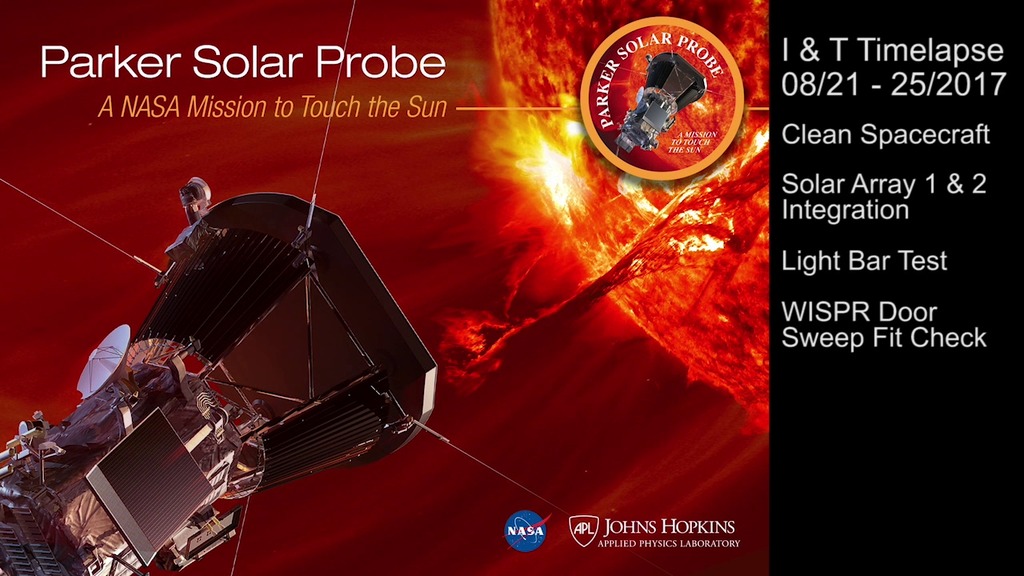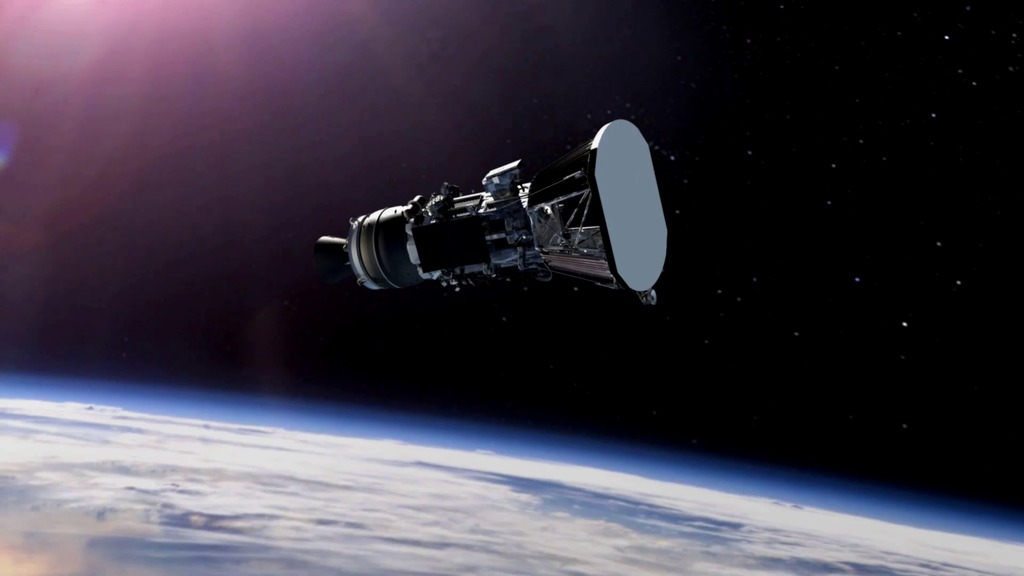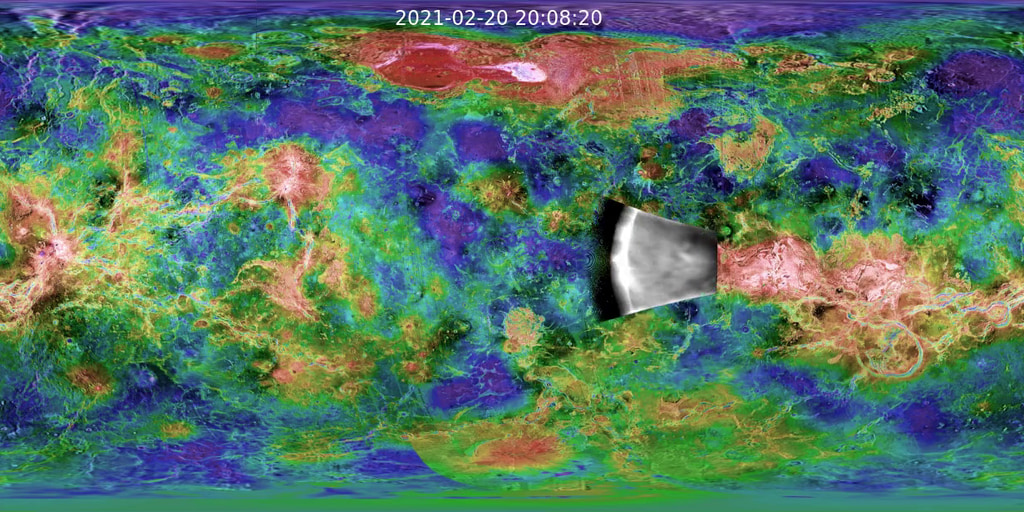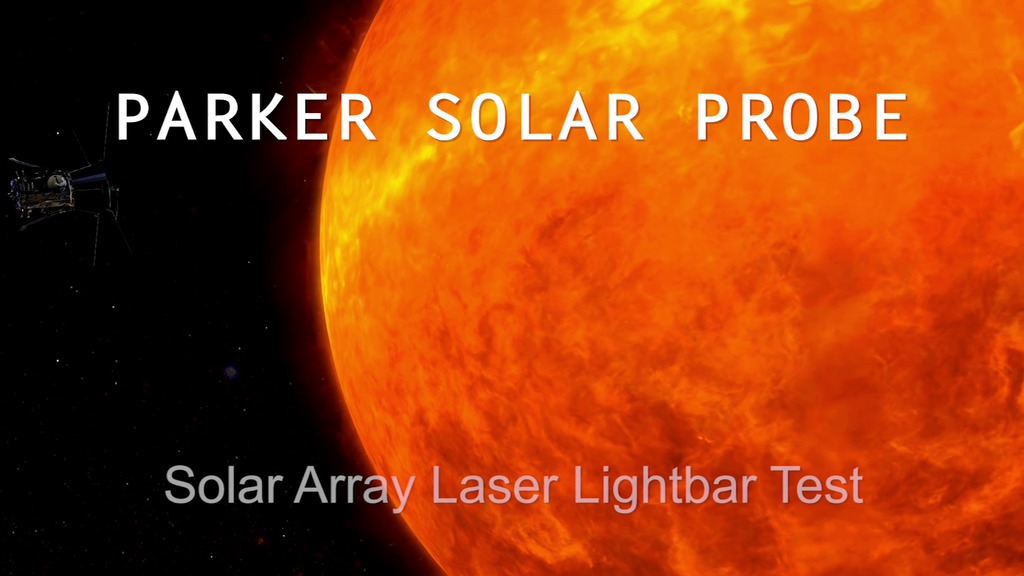Parker Solar Probe Animations
Animated Sequence Of Parker Solar Probe
Credit: NASA/JHUAPL
Observing The Sun
Credit: NASA/JHUAPL
Fairing Separation
Credit: NASA/JHUAPL
Swing By Of The Sun - Close-up
Credit: NASA/JHUAPL
Third Stage Firing
Credit: NASA/JHUAPL
Third Stage Separation
Credit: NASA/JHUAPL
Third Stage Separation From Parker Solar Probe
Credit: NASA/JHUAPL
Venus Flyby
Credit: NASA/JHUAPL
Venus Flyby
Credit: NASA/JHUAPL
Solar Arrays Deployment
Credit: NASA/JHUAPL
Mag Boom Deploy
Credit: NASA/JHUAPL
Field Antennas Deploy
Credit: NASA/JHUAPL
Mission Trajectory
Credit: NASA/JHUAPL
Field Antennas Glow
Credit: NASA/JHUAPL
Parker Solar Probe With Sun
Credit: NASA/JHUAPL
Parker Solar Probe Approaches Sun
Credit: NASA/JHUAPL
Parker Solar Probe Flies
Credit: NASA/JHUAPL
Sun Reflects on Arrays
Credit: NASA/JHUAPL
For More Information
Credits
Please give credit for this item to:
The Johns Hopkins University Applied Physics Laboratory
-
Animator
- Steve Gribben (Johns Hopkins University/APL)
-
Support
- Joy Ng (USRA)
- Karen Fox (ADNET Systems, Inc.)
- Genna Duberstein (USRA)
- Sarah Frazier (ADNET Systems, Inc.)
- Kathalina Tran (KBR Wyle Services, LLC)
- Tom Bridgman (Global Science and Technology, Inc.)
Missions
This page is related to the following missions:Release date
This page was originally published on Friday, September 22, 2017.
This page was last updated on Wednesday, May 3, 2023 at 1:47 PM EDT.




![Watch this video on the NASA Goddard YouTube channel.Complete transcript available.Music credit: "Neutral Motion" by Eric Chevalier [SACEM] from Universal Production MusicComplete transcript available.](/vis/a010000/a014600/a014688/Thumbnail01.jpg)

